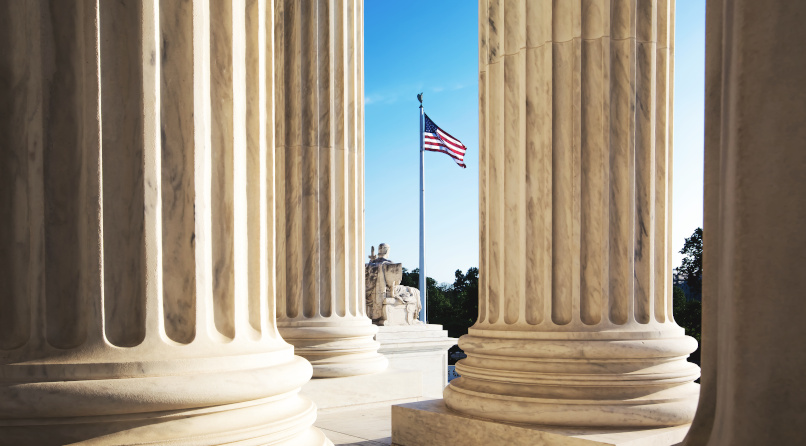2 minute read:
With the potential of Trump’s nominee, Amy Coney Barrett, becoming the newest justice on the U.S. Supreme Court in time for the November 10, 2020 hearing on the latest attack on the ACA, there has been a lot of speculation as to what this means for the survival of the ACA. This is particularly acute given Ms. Barrett’s criticism of the majority opinion in 2012 to uphold the ACA in National Federation of Independent Business v. Sebelius. (See https://scholarship.law.nd.edu/cgi/viewcontent.cgi?article=2330&context=law_faculty_scholarship.)
From an employer’s viewpoint, if the ACA is stricken in its entirety, this could spell even more complications in terms of employee healthcare coverage compliance.
Under the ACA, applicable large employers are subject to the Employer Mandate, under which employers are required to offer healthcare coverage to their full-time employees and dependents, and whereby such coverage meets affordability and minimum value to the full-time employee. The Employer Mandate worked with the Individual Mandate. The Employer Mandate would require employers to offer healthcare insurance coverage to their employees or face penalties. The Individual Mandate would require individuals to maintain healthcare insurance coverage or face penalties. The underlying policy was to maximize healthcare insurance coverage for Americans.
However, after the Individual Mandate penalty was zeroed out in 2019 through the Tax Cuts and Jobs Act of 2017, the Individual Mandate effectively had no teeth. Left with this void, states began to quickly mobilize to create their own individual mandate to work with the federal Employer Mandate. In so doing, states largely adopted the federal Individual Mandate structure, but added additional state employer reporting obligations to administer the state individual mandate. The net effect was to create additional burdens on employers to comply with not only the federal Employer Mandate but an additional state employer reporting obligation. These states include New Jersey, which enacted its own individual mandate in 2019, followed quickly by California, Rhode Island, Vermont, and Washington D.C. Connecticut, Hawaii, Maryland, Minnesota, and Washington state have signaled that they are coming up with their own plans in the near future.
So, if the ACA is stricken in its entirety, including the Employer Mandate, employers now face the specter of a state employer mandate, creating even more compliance complications, particularly for those employers with multistate operations.







